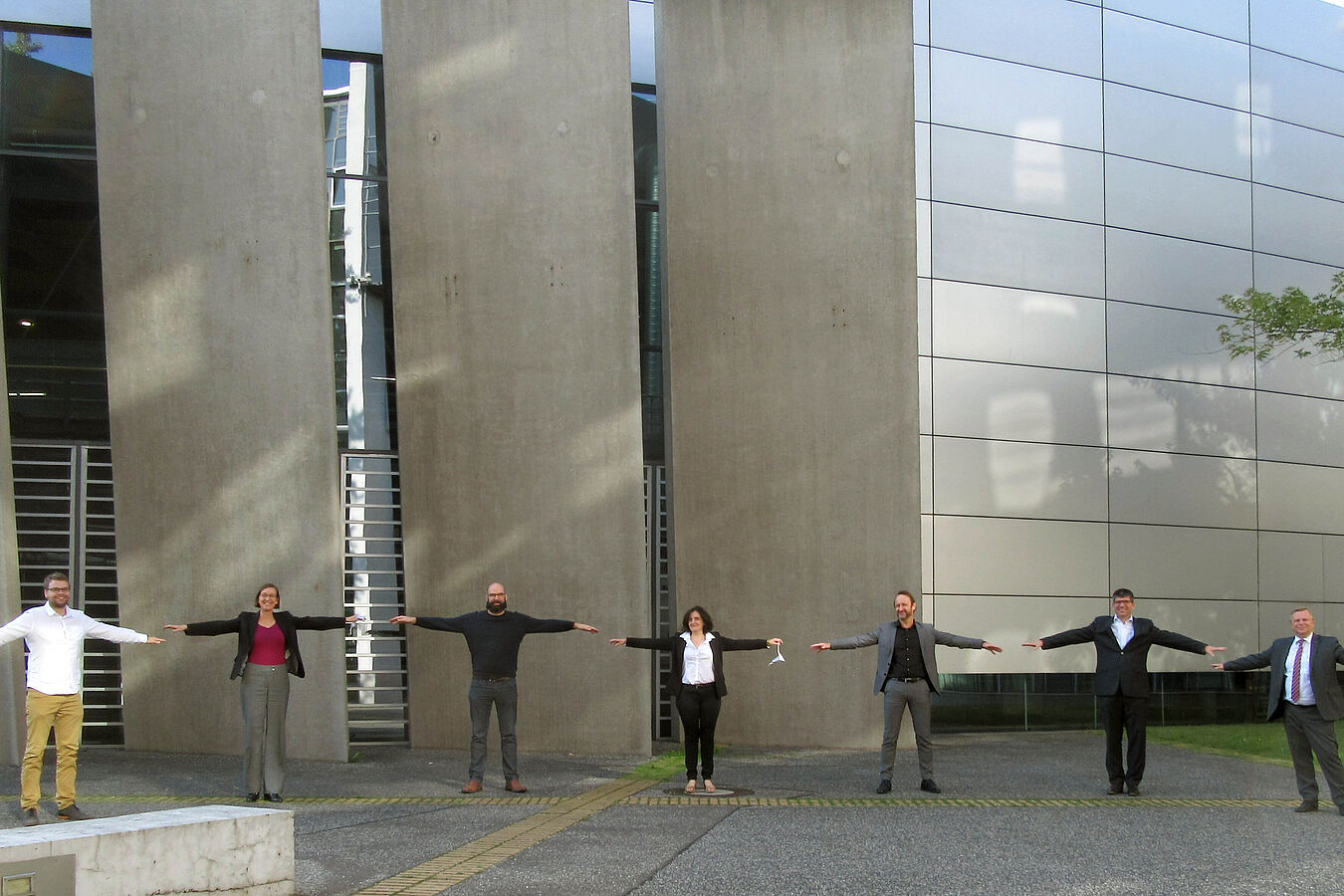IKZ and HZB share a long history of joint collaboration: IKZ scientists use the BESSY II radiation source from the HZB on a regular basis for their material science studies. In turn, the crystal growers of the IKZ develop and manufacture components that bring out the special properties of BESSY II.
"We are very pleased that we can strengthen our close cooperation with the cooperation agreement,” says Prof. Bernd Rech, scientific director at the HZB. “At BESSY II we offer a variety of x-ray analytical methods for the analysis of complex material systems. As part of our cooperation, we can use our complementary competencies specifically to jointly develop research areas in energy research and quantum technologies.”
Prof. Thomas Schröder, scientific director at the IKZ, also emphasizes the opportunities that the cooperation between the two research institutions allows: “The IKZ is very interested in initiating joint R&D projects on materials for photovoltaics and power electronics with the scientists of the HZB to maximize our impact in this research area.“ Since Prof. Schröder himself spent part of his career in synchrotron research, there is also a personal affinity towards materials and methods development for large-scale research facilities. “Today I am very happy that IKZ can start new R&D projects with BESSY II in order to support the synchrotron sources with our crystalline materials, for example through active and passive X-ray optics.”
With around 1100 employees, the Helmholtz-Zentrum Berlin (HZB) is one of the largest non-university research centers in Berlin. The HZB is a member of the Helmholtz Association and operates research laboratories in Wannsee and Adlershof. The research focuses on sustainable energy materials as well as on the operation of the electron storage ring BESSY II. Both complement each other, because questions from research force the further development of the experimental environment at BESSY II and vice versa; the possibilities that BESSY II offers accelerate energy research enormously.
The Leibniz-Institut für Kristallzüchtung in Berlin-Adlershof is an international competence center for science, technology, service and transfer in the field of crystalline materials. The research and development spectrum ranges from basic and applied research to pre-industrial research tasks. The IKZ develops innovations in crystalline materials through its expertise in plant engineering, numerical simulation and crystal growth to achieve crystalline materials of the highest quality with tailored properties. The unique selling point of the institute is the research on volume crystals. This work is accompanied by research and development on nanostructures and thin films as well as strong theoretical and experimental research into materials.


